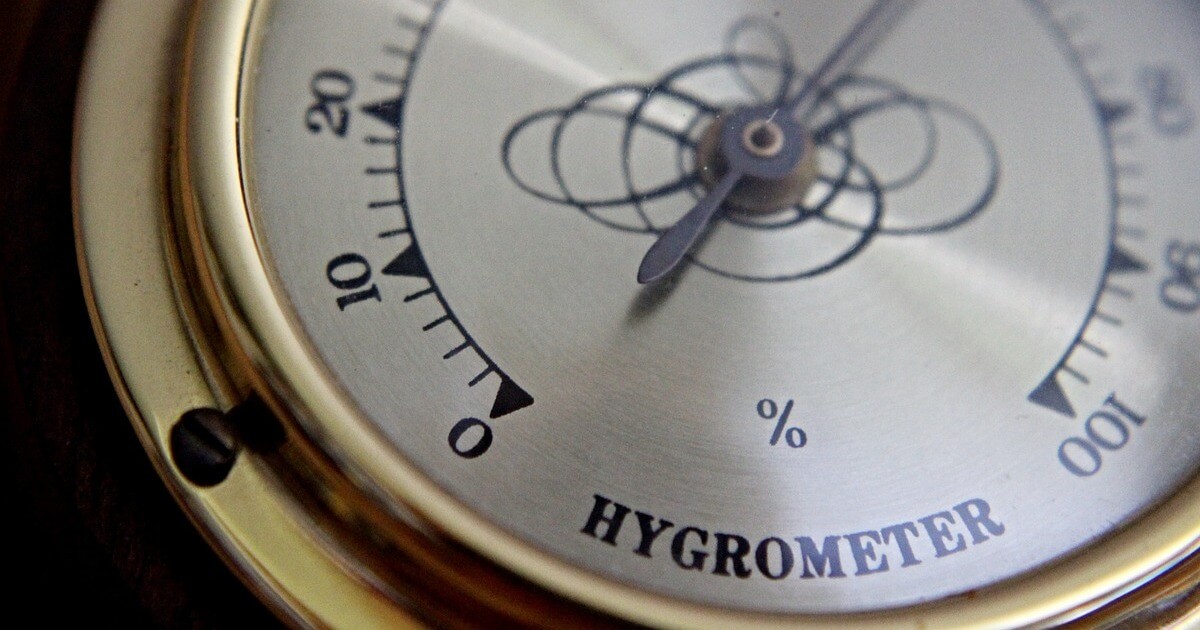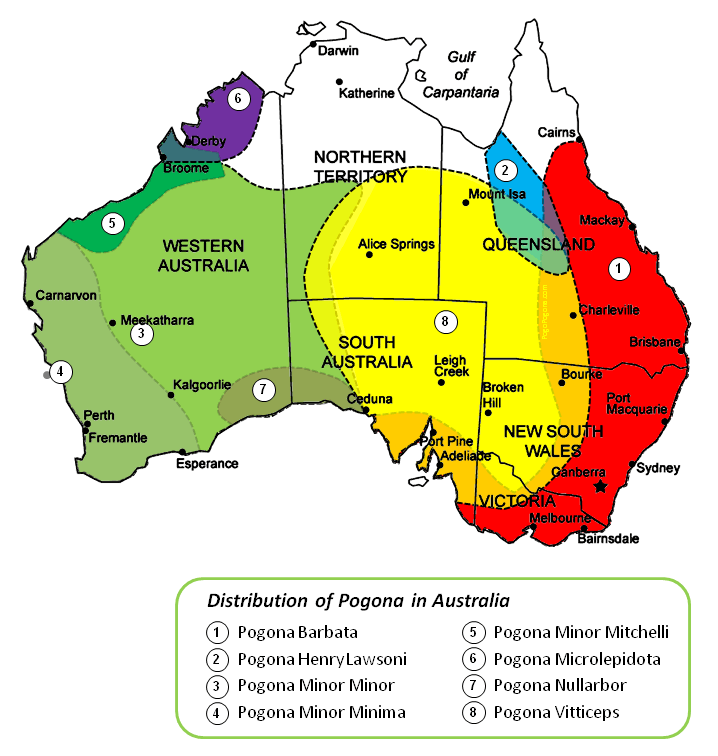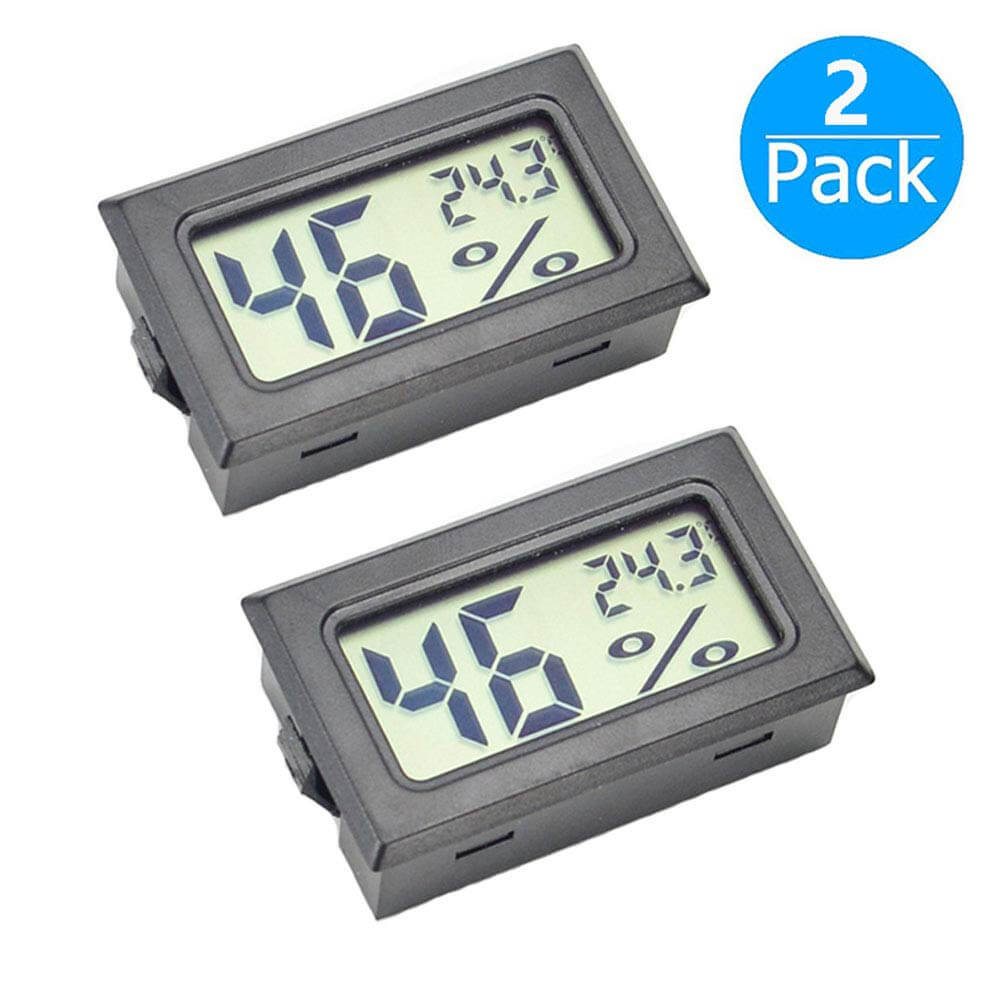Humidity For Bearded Dragons
Find out why the right humidity for bearded dragons is essential for their health. Discover how to measure humidity levels in your vivarium and how to keep the right humidity level

Last Updated: November 22nd, 2021
By: Steve
Table of Contents
Is Humidity Important For Bearded Dragons?
Getting the right humidity for bearded dragons is essential for their health. More specifically, making sure the humidity is low enough is important. Having a low humidity level in your bearded dragon vivarium is not a problem – but having a humidity level that is too high can be.
Why are we obsessed with a high humidity?

Bearded dragons originate from the arid, semi-arboreal desert areas of central Australia. Whilst their natural habitat covers a vast area, those areas all experience similar weather patterns. Other breeds of bearded dragon (such as the East Coast Bearded Dragon, or the Rankins Dragon) inhabit different areas, but the Pogona Vitticeps which we’re dealing with are from these semi-arid regions.
Being semi-arid means that these areas generally have low relative humidity levels. It’s important to realise this because bearded dragons have evolved over millennia to have very specific traits and to be resistant to very specific natural issues. More importantly however, they’ve NOT evolved suitable mechanisms to fight off some of the issues that a high humidity would bring.
So, since they have no natural defence against the perils of a high humidity, it’s better to just ensure their environment is kept with a low enough relative humidity and they’ll not get ill.
Problems with a High Humidity For Bearded Dragons
The biggest problem you’ll face with a high humidity level is that it leaves your bearded dragon much more likely to pick up a respiratory infection. As we said in the previous section, they have had millennia of evolution leading them to where they are today, and none of that evolution has needed to concern itself with fighting off bacteria that thrive in humid environments.
This means that when we bring our beloved pet into the home, out of its natural environment, it is likely to come into contact with pathogens it has no natural defence for. Consequently your bearded dragon can become sick quite quickly. Of course, there are anti-biotics available these days to help them recover but it’s much better to avoiding such illnesses in the first place.
Another issue which is related to high humidity levels is that of the growth of fungi in the vivarium. This can range from harmless fungi to the more problematic fungal mould growth and finally the very much more harmful yellow fungus which is very contagious and difficult to get rid of. These fungal infections don’t thrive so well in a dry environment, which means Beardie isn’t going to have to try to fight them off itself.
What Should the Humidity Be In My Vivarium?
Many places online will tell you to make sure you keep the humidity between 35%-45% but the reality is that your relative humidity should simply be below 45% – the important distinction being that there in fact is no lower limit.
Most of the places in Australia that the Central Bearded Dragon comes from will experience summer time relative humidity levels in the teens. 10% relative humidity during the day time in places like Alice Springs and Coober Pedy is common. It will be more than that in the morning when the temperature is cooler and the morning dew is evaporating off, but by midday, it will be a blistering temperature and very low humidity. Your bearded dragon has evolved to live in those conditions.
Recent evidence proves that Bearded Dragons do not absorb any moisture through their skins and this isn’t particularly unexpected since the skin of a dragon is thick and scaly ( except the silkies! ), which means that a higher humidity isn’t going to keep your dragon hydrated. To keep your dragon hydrated you need to feed them plenty of watery vegetables, watery insects (when live food is required) and potentially drop some small droplets of water on the edge of their mouth for the to lick.
What can Affect / Change the Humidity?
The single biggest thing that will change the relative humidity in your tank the quickest is in fact the temperature. This is because the relative humidity is defined as the amount of water vapour in the air compared to the maximum amount of water vapour the air can hold. The maximum amount of water vapour the air can hold varies with temperature.
You will have seen the effect of relative humidity if you’ve ever had a cold soda drink outside on a hot day. If you put ice in the soda drink and let the drink cool down you’ll soon see a lining of moisture droplets running down the outside of the glass. This is because the hot air surrounding the glass comes into contact with the cooler glass surface and obviously this cools the air down suddenly. The air can no longer hold as much moisture as it could when it was warm and the excess moisture is expelled – forming a film of water on the glass.
So, if you’re struggling with high humidity in your vivarium there are a few things to check, but the first of these to check is the temperature. The cool end of your vivarium should be around 28 degrees celsius ( 82 degrees fahrenheit ) with the warm basking end up around the 40 celsius ( 105 fahrenheit ). Small changes to these temperatures can cause much larger fluctuations in relative humidity.
If the substrate you have in the tank is damp in any way, the heat from your heat lamps will evaporate the dampness out of the substrate and into the air. This will increase the relative humidity – so make sure your substrate is dry before putting beardie back in the tank.
Misting the tank is almost never a good idea (though you can mist the dragon out of the tank if you want to) as the increase in humidity will be hard to deal with. Misting isn’t essential with bearded dragons anyway, but some people find it useful.
Bioactive or eco-vivariums can be considerably harder to control the humidity within as they require some moisture to feed the plants. The best solution here is to ensure that there is sufficient ventilation throughout the tank (but not so much as to cause draughty areas) to allow the humidity to escape.
How To Reduce the Humidity In Bearded Dragons Tank
If you’re struggling with a high humidity in your tank there are a few ways you can reduce it. As mentioned above, one of the easiest is to notch the temperatures up a bit, particularly if they’re on the low side already. But don’t over-do this as you don’t want the dragon to be boiled alive! Make sure you’re within the expected range.
Also, make sure any water feature you might have in the tank is kept at the cool end as this will help reduce evaporation into the atmosphere and help keep the humidity lower. Similarly with any salads that might be left for beardie to eat during the day (they’ll stay fresh for longer too) and any natural plants that you might want to include – all in the cool end.
If you’ve tried all of this and still can’t get the humidity under control then you can buy mini dehumidifiers or something as simple as a bag of silica gel beads can absorb the excess moisture from the atmosphere. If you’re looking to use the silica gel option though, do make sure that beardie can’t get into the bag or container because you definitely don’t want them ingesting any of that.
Equipment Used to Check Humidity

A humidity measuring device is called a hygrometer and there are literally loads of different models of hygrometer available for testing vivariums. Some are analogue in nature ( so they look like a small clock ) and others are digital. Generally speaking the analogue ones aren’t all that accurate, so the digital ones are probably the best. Some of them come built in with the thermometers or others come separately.
The digital combination thermometer/hygrometer is quite popular and will do the job nicely for you. The ones pictured to the right are the ones we use, and are really very inexpensive on Amazon.
More information about the various different pieces of equipment you’ll need for your bearded dragon can be found at ‘Equipment For Bearded Dragons‘
